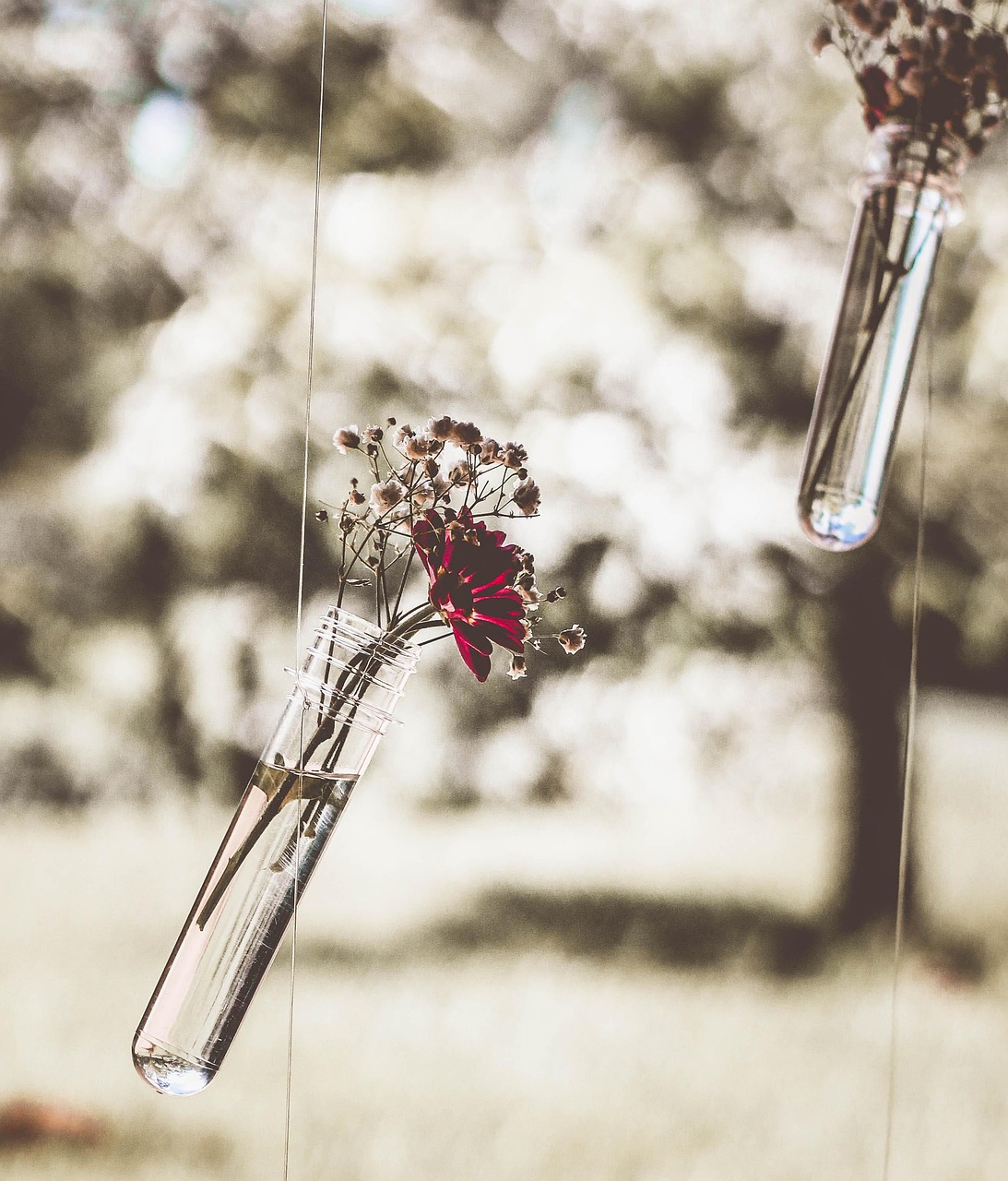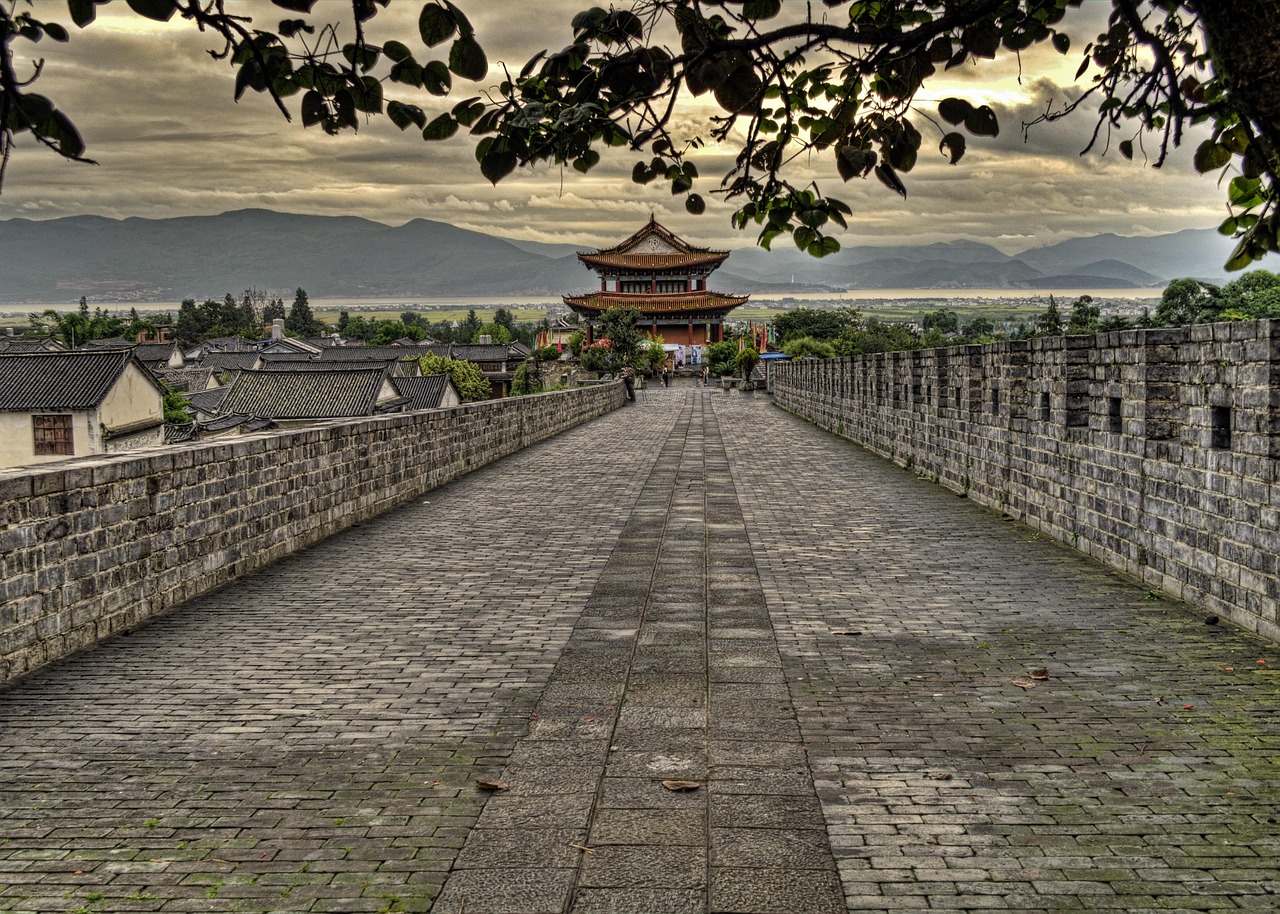Chinese opera, an integral part of the rich tapestry of Chinese culture, has a history that spans over a thousand years. It is a performing art that combines music, vocal performance, mime, dance, and acrobatics. This art form is not only a source of entertainment but also a medium for conveying historical stories, moral lessons, and social commentary. In this article, we will delve into the world of Chinese opera, exploring its origins, regional variations, and the unique elements that make it a treasured part of the world's performing arts.
Origins and Evolution
The roots of Chinese opera can be traced back to the Tang Dynasty (618-907 AD), where the earliest forms of storytelling and music performances began to take shape. However, it was during the Song Dynasty (960-1279 AD) that these performances evolved into more structured forms, with the introduction of narrative singing and the use of musical instruments. The Yuan Dynasty (1271-1368 AD) saw the birth of Yuanqu, a form of opera that incorporated poetry, music, and dance, which laid the foundation for the development of modern Chinese opera.
Over the centuries, Chinese opera continued to evolve, with the Ming (1368-1644 AD) and Qing Dynasties (1644-1912 AD) witnessing the emergence of various regional styles. Each region developed its own unique characteristics, reflecting the local culture, dialects, and musical traditions.
Regional Variations
One of the most fascinating aspects of Chinese opera is its regional diversity. While there are hundreds of different styles, the most well-known are often referred to as the "Four Great Tragedies" and "Four Great Comedies." These include Peking Opera (Jingju), Yue Opera, Huangmei Opera, and Kunqu Opera, each with its own distinct features.
Peking Opera (Jingju): Known for its elaborate makeup, acrobatic fighting scenes, and the use of stylized movements to represent actions, Peking Opera is arguably the most famous form of Chinese opera. It originated in the late 18th century and became the national opera of China.
Yue Opera: Originating from the Guangdong and Guangxi regions, Yue Opera is characterized by its melodious singing and lively performances. It often features themes of love and romance, making it popular among audiences.
Huangmei Opera: Hailing from Anhui province, Huangmei Opera is known for its simple and sincere performances. It often tells stories of everyday life and is beloved for its accessibility and relatability.
Kunqu Opera: One of the oldest forms of Chinese opera, Kunqu Opera originated in the Suzhou region during the Ming Dynasty. It is known for its poetic lyrics, slow and graceful movements, and the use of traditional instruments like the pipa and suona.
Unique Elements
Chinese opera is a complex art form with several unique elements that set it apart from other performing arts:
1、Singing: The vocal performance in Chinese opera is highly stylized, with singers using specific techniques to project their voices without the aid of microphones. The singing is often accompanied by traditional Chinese instruments.
2、Acting: Actors in Chinese opera employ a range of facial expressions and body movements to convey emotions and tell stories. The use of masks and makeup is also a significant aspect of the performance.
3、Costumes: The costumes in Chinese opera are elaborate and colorful, often adorned with intricate patterns and symbols that represent the character's status, personality, or role in the story.
4、Makeup: The makeup in Chinese opera is highly symbolic, with different colors and patterns representing different characters. For example, a white face might indicate a treacherous character, while a red face might signify a brave and loyal one.
5、Music: The music in Chinese opera is a blend of traditional Chinese instruments and vocal performances. It sets the mood and pace of the performance, often following the rhythm of the actors' movements.
6、Martial Arts: Many Chinese operas include elements of martial arts, with actors performing acrobatic stunts and fight scenes that are both thrilling and visually impressive.
Cultural Significance
Chinese opera is not just a form of entertainment; it is a reflection of China's rich history and cultural heritage. It serves as a bridge between the past and the present, allowing audiences to connect with the stories and values of their ancestors. As a UNESCO Intangible Cultural Heritage, Chinese opera continues to be a vibrant and evolving art form, with new generations of performers and playwrights keeping the tradition alive while adding their own contemporary twists.
In conclusion, Chinese opera is a multifaceted art that encapsulates the essence of Chinese culture. Its enduring popularity and adaptability are a testament to its timeless appeal and the universality of the stories it tells. As we explore the world of Chinese opera, we are not just witnessing a performance; we are embarking on a journey through the heart of Chinese history and tradition.












 京公网安备11000000000001号
京公网安备11000000000001号 京ICP备18057566号-3
京ICP备18057566号-3